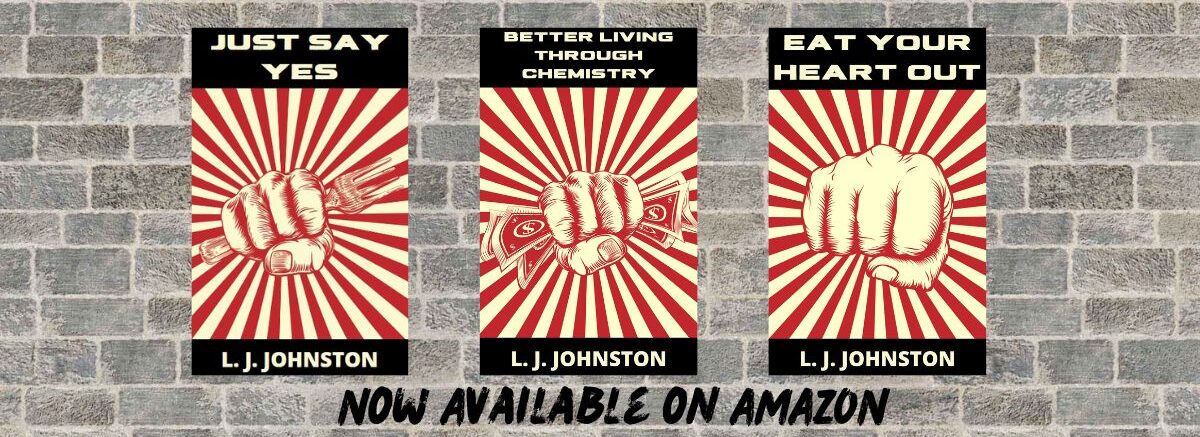 Recently we were at a sports bar having lunch. It was one of those places that has a bazillion televisions, all tuned to a different sporting event. I happened to be facing one that was showing a bull riding competition. I couldn't look away! It was fascinating. And I was fascinated by my level of fascination. Mainly for the bulls. They were real, and they were spectacular.
Recently we were at a sports bar having lunch. It was one of those places that has a bazillion televisions, all tuned to a different sporting event. I happened to be facing one that was showing a bull riding competition. I couldn't look away! It was fascinating. And I was fascinated by my level of fascination. Mainly for the bulls. They were real, and they were spectacular.
While absorbing this new experience, I noticed the poor souls responsible for making sure the bull rider doesn't get the phooey stomped out of him if he is thrown or when he exits the bull after his 8 seconds (which btw is about 7 seconds too long). They weren't dressed up as one might expect from the term 'rodeo clowns', so I did some digging.
Turns out they are called 'bullfighters' which of course brings a very different

mental image to me. But they are indeed offshoots of the original rodeo clown, which debuted in the early 1900s. When they began, rodeo clowns were designed to entertain the crowd during delays in the rodeo action. Some wore silly costumes and incorporated physical humor into their comedy routines.
The role of distraction and protection emerged after about 1920 when bulls were introduced into rodeo sports. Unlike horses, who usually quit jumping and kicking once the rider makes his exit, the bulls were still a little salty, as they say here in the South, and kept twisting and snorting with blood in their eye like a bovine Tasmanian Devil. They're especially happy to keep stomping the stuffing out of the guy they just hurled to the ground. Enter the rodeo clown. Their job is to distract, and sometimes offer assistance to the rider to help him out of harm's way.

I wonder how that first conversation went, convincing the local comic to not only run through his rodeo patter, but also get in the ring with a literal raging bull. I assume there was a financial incentive. Turns out many rodeo clowns transitioned from rodeo competition to rodeo clown, because with the latter, they are at least guaranteed a paycheck. In rodeo, if you don't finish in the money, you go home empty handed.
There are usually two or three clowns on the job simultaneously. One is there to distract; the others are to help the rider. Over the years, they have come up with innovations to protect themselves. Legendary rodeo clown Jasbo Fulkerson (a fellow Native Texan, thank you very much) invented the iconic barrel used as a sort of rodeo clown foxhole. Many wear protective clothing under their clown costumes, padded like an NFL linebacker. And I don't blame them one bit.
It is tradition for the rodeo clowns to wear a specific style of clown makeup. White around the eyes and mouth; red on the nose. That's it, plain and simple. No feather boas or glitter for this crowd. The profession itself is returning to its entertainment roots. Those who clown are often separate from those who protect (the aforementioned bullfighters).
The Professional Rodeo Hall of Fame in Colorado Springs honors rodeo clowns

along with other rodeo stars, as well they should. If you're ever clicking around the telly and see some bull riding going on, check it out. Those clowns (and riders!) are all crazy, but I'm just crazy enough to want to watch.
This post originally appeared during my participation in the 2016 A to Z Blog Challenge.
